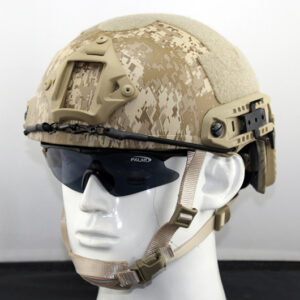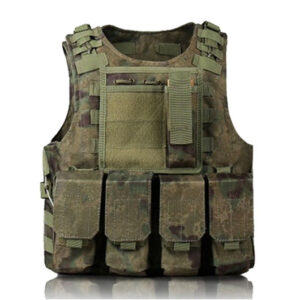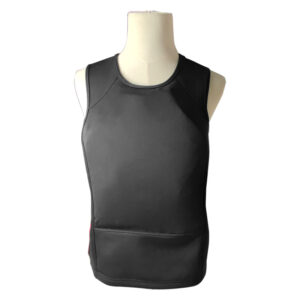Body armor is a critical component of personal protective equipment designed to safeguard individuals from ballistic threats, such as firearms and projectiles. As a crucial line of defense, body armor plays a vital role in enhancing personal safety and survivability in dangerous situations. This article provides a comprehensive overview of body armor, exploring its various types, construction, levels of protection, and its significance in protecting those who face potential risks.
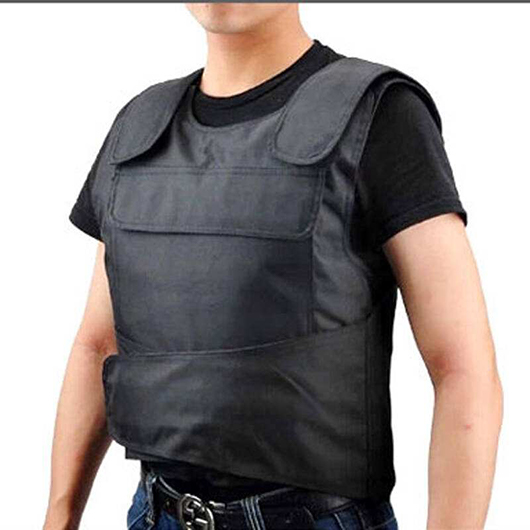
Body armor encompasses different types, including soft body armor, hard body armor, and tactical armor. Soft body armor typically consists of flexible materials like Kevlar or Dyneema, offering excellent concealability and comfort. Hard body armor utilizes rigid materials such as ceramic plates or metal alloys to provide enhanced protection against high-velocity projectiles. Tactical armor combines soft and hard components to offer a balance between mobility and ballistic resistance.
Body armor is constructed using advanced materials that are specifically chosen for their strength and durability. These materials often include aramid fibers, high-density polyethylene, ceramics, and composite laminates. The layers of these materials are strategically arranged to absorb and disperse the impact energy of incoming projectiles, reducing the risk of injury.
Body armor is categorized into different protection levels based on its ability to resist specific threats. The National Institute of Justice (NIJ) sets standards that define these levels, ranging from Level I to Level IV. Each level offers varying degrees of protection against different types of ammunition and ballistic threats.
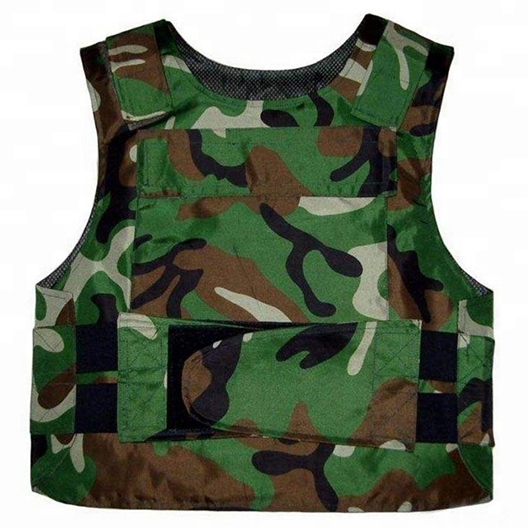
Body armor is utilized by a wide range of professionals, including military personnel, law enforcement officers, security personnel, and even civilians in high-risk occupations. It provides essential protection during combat operations, law enforcement engagements, security details, and other potentially dangerous situations.
Body armor plays a crucial role in reducing the risk of injury and fatality in high-risk environments. It provides wearers with an additional layer of defense against ballistic threats, allowing them to confidently carry out their duties. Body armor enhances survivability, affording individuals the opportunity to respond effectively and increasing the chances of successful mission execution.
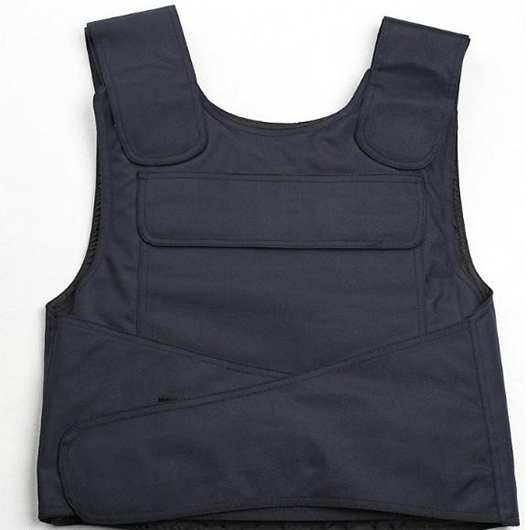
Body armor is a critical component of personal protective equipment that empowers individuals with enhanced safety and defense capabilities. Its diverse types, construction materials, and various levels of protection cater to different needs and potential threats. Whether it is military personnel facing combat scenarios or law enforcement officers on the front lines of public safety, body armor serves as a vital tool in reducing the risk of injury and preserving lives. As technology continues to advance, the evolution of body armor will continue to provide even greater protection and ensure the safety of those who rely on its defensive capabilities.
